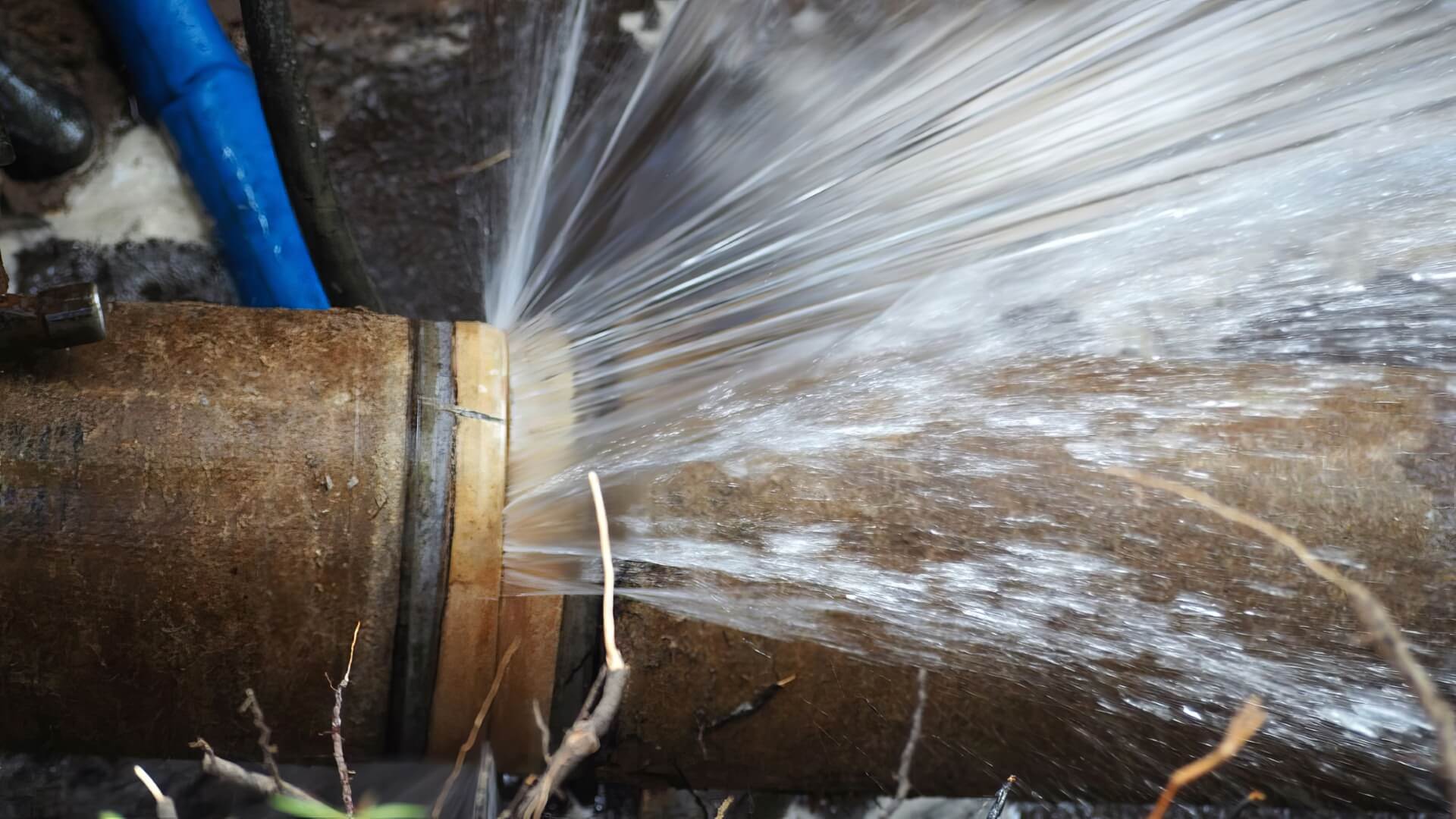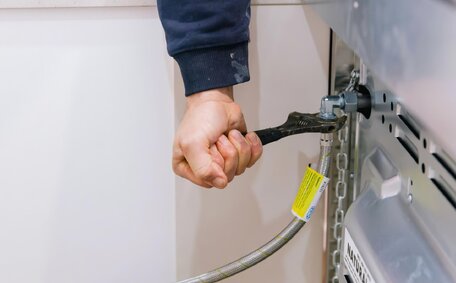Introduction to Relighting Your Hot Water System Pilot Light
Understanding how to quickly relight the pilot light on your gas hot water system is crucial for uninterrupted hot water supply in your home. Unfortunately, it’s common for the pilot light on your gas hot water system in Beecroft to go out unexpectedly. In such cases, you must relight the pilot light yourself, applying gas fitting basics, to reinstate your hot water.
This guide will demonstrate how to safely turn off the gas supply and relight your pilot light, potentially saving on urgent plumbing costs.
Relighting your hot water system’s pilot light is a feasible DIY task by following the manufacturer’s instructions and ensuring the pilot is working correctly.
We’ll outline essential steps such as shutting off the gas, waiting for gas dispersal, and using the ignition system to relight the pilot, while stressing the need to check for gas leaks and ensure proper ventilation.
Safety Precautions Before Relighting
To commence the safe relighting of your water heater’s pilot light, begin by turning the gas control knob to the 'off’ setting. Safeguard yourself against potential gas leaks by sniffing cautiously around the unit; you must not detect any gas smell.
If you detect a gas smell in your hot water system, immediately turn off the gas, ventilate the area, and seek support from the gas company or a qualified plumber.
Once you’ve ensured there are no gas leaks, prepare to relight the pilot by turning the gas control knob to the off position and waiting five minutes for any residual gas to dissipate.
After the prescribed wait to ensure the gas has cleared, ventilate the space by opening windows or doors before you attempt to relight the pilot. Remove all potential ignition sources such as cigarettes, open flames, or sparks throughout the process.
If at any point you’re unsure, pause and ask yourself 'how do I safely proceed?', or consider seeking professional help. Only proceed with relighting the pilot if you are sure of the manufacturer’s guidance; if uncertain, contact a professional for safe assistance. Safety is paramount when dealing with gas appliances, so contact a specialist if needed.
Identifying That the Pilot Light is Out
You’ll notice a hot water pilot light issue if you only receive cold water when using the hot water tap, despite having a gas water heater. In gas storage water heaters, the pilot light is vital for igniting the main burner; if it’s out, you won’t have hot water.
To check if your gas water heater’s pilot light has extinguished, go to the unit and look through the inspection window. Normally, you should spot a small blue flame; no flame indicates the pilot light requires relighting.
If the water heater makes clicking noises when you turn on the hot tap, it’s a sign the pilot light isn’t staying lit. This indicates that the igniter is attempting to activate but fails due to the pilot light being out.
Locating the Pilot Light Assembly
To begin relighting your hot water system’s pilot light, find the pilot light assembly. This is the part that contains the small pilot flame that ignites the main burner. The pilot light assembly is typically found at the base of the water heater near the main gas line coming in.
On most water heaters, you’ll find the pilot light assembly behind a removable access panel low to the ground. This panel might be marked 'pilot access’ or similar description. Remove the panel by unscrewing it or flipping the latch to expose the pilot assembly.
If a visible access panel is absent, consult the water heater’s manual or the manufacturer’s website for directions to the pilot light, ensuring the gas supply to your rheem stellar is unobstructed. It could be beneath a protective cover that needs to be taken off. Check the heater’s diagram, which illustrates the position of key components, to guide you to the pilot assembly.
Once you’ve located the pilot assembly, you’ll see a water temperature dial and a tube ending in a pilot hood, which is where the pilot flame ignites in your Rheem Stellar gas water heater. Beside this, you’ll find the ignition button or spark device tasked with activating the pilot flame.
Ensure you have identified the correct pilot assembly for your specific water heater model before you begin the relighting process. The manual will confirm you’ve identified the correct component.
This panel may be labelled \"pilot access\" or something similar.
Step-by-Step Process to Relight the Pilot
Follow these steps carefully to understand how light your hot water system’s pilot light safely:
- Find the pilot light assembly behind the access panel at the base of the water heater, and check that the knob is set to 'off’.
- Turn gas knob to the 'off’ position and then wait five minutes to let any accumulated gas disperse.
- Disengage a nearby window or door to aerate the space. Certify there are no flames aflame or potential ignition catalysts in the vicinity.
- Turn knob to the 'pilot’ setting, pressing down slightly as you learn how turn for the relighting process.
- Hold down the red button – the igniter – or use a barbecue lighter, whichever is applicable, for about 30 seconds, or until the pilot light ignites.
- Persist in pressing the igniter button for 30-60 seconds once the pilot light gas appears, to ensure the thermocouple is adequately heated.
- Upon releasing the igniter button, ensure the pilot light your system depends on remains steadily glowing.
- If the flame goes out, repeat steps 4-6.
- After confirming the pilot flame remains alight, adjust the gas control to begin the flow and light your pilot without the recurrent issue.
- Secure the access panel back in place and proceed to turn water taps on to verify that the hot water functionality has been restored.
By following these steps meticulously, you’ll be able to relight an extinguished pilot light safely. Refer to the manufacturer’s instructions for your specific water heater model. If you have any uncertainty, do not hesitate to call a professional.
Testing the Thermocouple
The thermocouple is a vital safety device found near the pilot light assembly. It senses the heat from the pilot flame and signals to the gas control valve to remain open. Testing the thermocouple is an important step after relighting the pilot to ensure proper operation.
Continue holding the igniter button for 30-60 seconds after the pilot is lit to ensure the thermocouple heats up properly. If the flame stays on, the thermocouple is working correctly.
Should the pilot light goes out upon releasing the igniter button, this might suggest a faulty thermocouple. Try relighting the pilot and holding the igniter longer to give more heating time to the thermocouple. A steady, blue pilot flame indicates sufficient heat on the thermocouple.
Should the pilot light extinguish itself repeatedly, turn the control knob off, stop the gas flow and consult a professional plumber to inspect the thermocouple. A damaged thermocouple needs replacement and prevents the water heater from operating safely.
Testing the thermocouple by observing the pilot flame after relighting ensures this critical safety component is functioning as intended on your hot water system.
Troubleshooting Ignition Issues
If the pilot light doesnt ignite or stay lit after several attempts, there are a few potential issues to troubleshoot. Make sure you are pressing the igniter button or turning the knob fully and holding it long enough for the thermocouple to heat up, around 30-60 seconds.
Listen attentively for the sound of the igniter sparking – If you don’t hear the igniter sparking, it may be time to replace it; double-check that you’ve turned the control knob fully.
Check that gas is flowing to the pilot assembly by adjusting the regulator knob if necessary. Try gently tapping the gas valve while pressing the igniter.
Verify the gas control knob is rotated to the pilot setting and listen for the gas flow. If you don’t detect gas flow, there could be an obstruction in the line or an issue with the gas control valve.
Inspect the pilot orifice for blockages like dirt, spiderwebs or corrosion that could prevent gas flow. Clean out any obstructions with compressed air or a pipe cleaner. Make sure the pilot assembly is properly aligned with the thermocouple.
Should the pilot flame manifest as especially minuscule or consistently light goes out, an issue with the gas pressure might be present, necessitating a check of the shutoff valve in the conduits. Low pressure can result in an unstable flame. This requires professional attention to diagnose and address the underlying cause.
Repeated ignition failures likely indicate a deeper problem needing a qualified technician. Do not continue attempting to relight the pilot yourself. For expert support in resolving ignition complications, get in touch with your local plumber.
When to Call a Professional
Relighting a pilot light is generally a simple DIY task. However, there are some instances when it’s best to call in a professional plumber for assistance:
- You smell gas near the water heater.
- The pilot light won’t stay lit after several relighting attempts.
- There are problems with igniting the pilot or getting gas flow.
- You don’t understand or feel confident following the manufacturer’s instructions.
- There are signs of thermocouple failure or other faults.
- The pilot assembly area is corroded or needs servicing.
- You believe there could be an issue with gas pressure or lines.
Our skilled plumbers at Beecroft Plumbing are on call 24/7 to assist when your hot water system is malfunctioning. Don’t hesitate to call us at 1300 349 338 or make an online appointment if you have any trouble getting your pilot light relit. We’re experienced with diverse systems, from traditional to tankless water heaters, including star gas heaters, and can quickly diagnose and fix even complex ignition issues. Trust our qualified technicians to get your hot water flowing again safely and efficiently.





